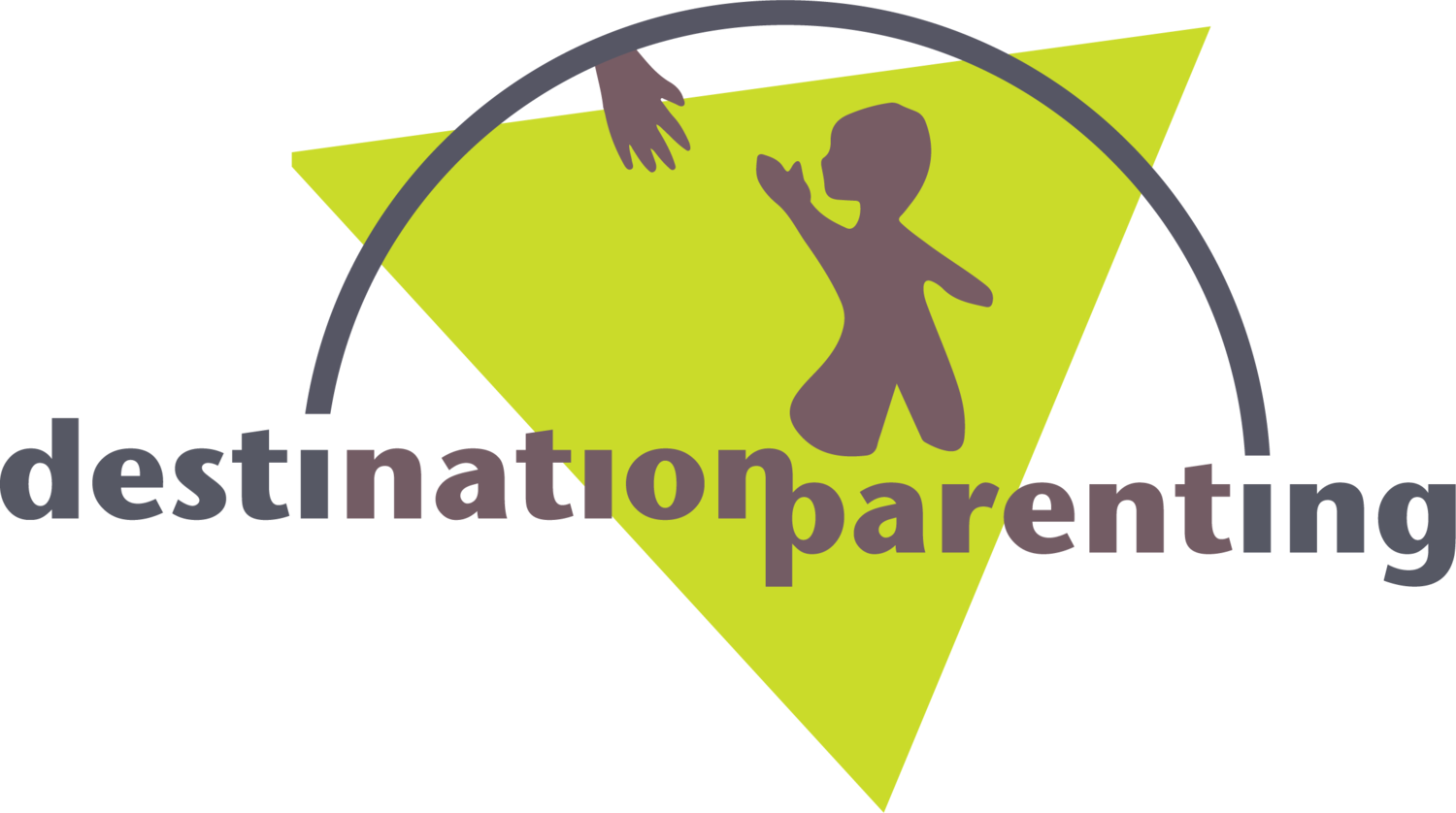Get Back To Play
Let’s face it. Many of us adults have forgotten the value of play. With our increasingly busy lives, we often don’t indulge in play that allows us to let go, be spontaneous and enjoy the moment. When you watch a baby play with a toy, a set of keys or even her feet, it is impossible not to admire her joyful sense of discovery. We should all aspire to rediscover an infant’s playful spirit because while she’s having fun, she’s also learning effortlessly. Despite the fact that adults put learning and play into two separate categories, babies have a lot to teach us about how powerfully connected learning and play are.
Early infant play
For parents and other adults playing with very young infants can feel like wandering into unknown territory. Why? Sometimes our own discomfort of leaving “adult mode” and joining a baby’s level of understanding gets in the way. But the rewards when you do so are great, and any parent who is able to elicit a delighted gasp or giggle is bound to try again. (I always think the babies are retraining us how to play by reinforcing our efforts.)
Basic play in infancy needs to be initiated by adults, simply because babies cannot yet reach out and grab a toy. But young infants can (and do) communicate their pleasure and sense of fun through excited body movements, eager eyes and various cooing noises. In just a few months, they can intentionally kick a toy or grasp and release a rattle, thereby becoming a more active play partner. Parents still need to create an environment that has a mix of entertaining or intriguing objects, but infants soon start to select one type of toy or activity over another. This is the beginning of babies taking control of their own play.
Thanks to advances in their attention span and memory skills, short bursts of independent play become possible between 6 and 12 months. Initially, babies learn through repeating basic actions, such as dropping their bottle from the crib. It may not feel “playful” to us adults the 400th time we pick it up, but from the baby’s standpoint, this is all fun. It also signals a change from “accidental” interaction with an object (What happened? …I dropped it and it made a sound) to intentional play (Let me drop it again and get mom or dad involved).
Benefits of pretend play
Pretend play, including imitation, is a wonderful advance in toddlers that emerges around a child’s first birthday. Between ages one and two, children are eager to learn about associations (the doorbell means someone’s there) and to follow sequences (1, then 2, then 3) in a meaningful way and hold them in their memory. The toddler is also able to manipulate her world using familiar items in new ways. A child holding up a toy phone to her ear and saying “hi” is engaging in just such play. Later she can go further and “create” a phone out of a block, ore even hold an imaginary phone in her hands. Her play world is expanding and will soon include others.
Tips for playful fun
Basic fun is ideal for babies under a year, so toys should be chosen that are safe, lightweight and easy to grasp, and do not have small parts that might choke an infant. Remember, babies explore and play with their mouths just as much as their hands at first! Check if the packaging states the toy meets ASTM toy safety standards. Adults worry that infants will be bored with simpler toys, but in reality many of the “bells and whistles” placed on infant toys can be over stimulating. If you do choose toys with batteries, on-off buttons are key, as is whether the toy still holds the baby’s interest when it’s sitting quietly. I’ve heard many parents complain that they bought a cool toy at the store, which holds absolutely no interest for their baby. Shop with a baby’s eye view, rather than an adult-oriented mindset. This means toning down your expectations for how long your child will sit with a toy; babies’ dedicated attention is in seconds vs. minutes. Soft books, rattles and balls or blocks are always a safe bet, since they naturally build on what babies’ brains and bodies are already primed to do.
As your baby grows, look for toys that support the development of imaginary play. I always recommend “activated” features that involve the child having to do something (press a button, turn it over, squeeze the toy), vs. electronic toys that do everything for the child. The goal should not be to know the ABC’s by age 3, but to enjoy the learning process. In a well-designed toy, fun and learning are intertwined so that the learning is almost effortless but the enjoyment is plainly visible. Don’t forget to spend a few minutes each day playing with your baby; it’ll be fun for both of you!
*********************************
Maureen O’Brien, PhD is a developmental psychologist and mother of twins who lives in Boston. She lectures and consults on child development and parenting issues and is the author of the parenting series, Watch Me Grow: I’m One-Two-Three.



